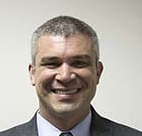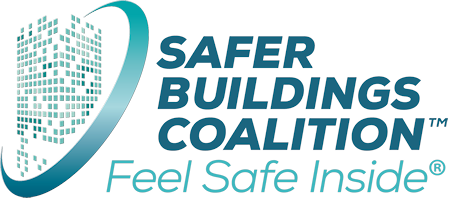Get to Know Your Safer Buildings Coalition Workgroups — Codes & Standards

Posted on June 17, 2020
Workgroup: Codes & Standards
Chair: Josh Gerst, Vice President of Engineering at RF Connect.
Safer Buildings Coalition: Please describe your work group and its objectives.
Josh Gerst: The Codes and Standards workgroup is currently the largest workgroup inside SBC.
Our main objectives are:
- Helping to shape code by working through the IFC and NFPA formal code processes.
- Working with local AHJs to help them clearly interpret existing code, and to properly enforce it.
We set up subcommittees within our work group to work on specific issues, or to write up responses or position papers for the larger work group to approve and for SBC to help shape future code revisions.
Safer Buildings Coalition: Why is the work your group does so important?
Josh Gerst: The Codes & Standards work group acts as a voice for our members into the existing fire code committees. Fire codes for detectors, alarms, sprinklers, pumps, etc,. have been around for over a century. Wireless codes have only been included for public safety two-way radio for a little over a decade. This technology is still very new for most of the national and international code committees, so bringing industry experience and RF Engineering knowledge to assist in making codes be reasonable and correct is critical.
This lack of experience with wireless codes extends to many local AHJs as well, of course. We assist in putting together presentations and documents that can clarify the intent of code language to these important entities. More recently, we have been working with AT&T and FirstNet on how this important aspect of public safety plays out, as broadband wireless for public safety isn’t currently addressed in national code at all. Of course, all of this is to help save lives and to keep people safe when they are inside.
Safer Buildings Coalition: Why have you decided to invest time in this SBC group?
Josh Gerst: I believe that our mission is important. Having the opportunity to both help the industry as a whole to bring logic to some codes to make design and deployment reasonable and cost-effective as well as repeatable and predictable helps make my job easier at RF Connect as well as giving back to the first responders who do so much to keep the public safe already.
Safer Buildings Coalition: What are the main challenges for your group?
Josh Gerst: One worth mentioning is the sheer size and diversity of our group. We have members from OEMs, AHJs, Integrators, Distributors, Consultants, Universities, and Government. You can imagine that decisions are not always unanimous, and many opinions and points of view differ. Complicating that further is the fact that we have many very senior people in the work group: Managers, Directors, VPs, COOs, CTOs, etc., who are often used to dictating policy at their companies. They are all volunteers, and none of whom work for me, so we have called that “herding cats” on our monthly workgroup calls when we deal with getting difficult issues to a group consensus.
Safer Buildings Coalition: What would you say are the most important accomplishments by your group?
Josh Gerst: We have completed multiple revision requests, public comments, and position papers on important, needed adjustments, additions, and clarifications to national model code language with the IFC and NFPA.
The Codes & Standards workgroup worked with SBC and our OEM members to create a BDA and DAS solution directory on the SBC website for referrals as well as for AHJ information.
We continue to have important work and input on how code will address public safety wireless broadband, public access to wireless networks for 911 calling, fire/burn rated cabling and protection techniques and the proper testing of such, and location tracking for both 911 calls and first responders. We also continue to work with UL on improving the UL 2524 standard as well to be more meaningful to the in-building solution set and new technologies that have been quickly emerging that will affect how technology solves the in-building communication issue.
Safer Buildings Coalition: How can SBC members help your group continue to move forward?
Josh Gerst: I encourage members to take part in workgroups, training opportunities, and to get involved in supporting all of the different positive things that the SBC is working on to develop both awareness of and improvement in the public safety world.
|


